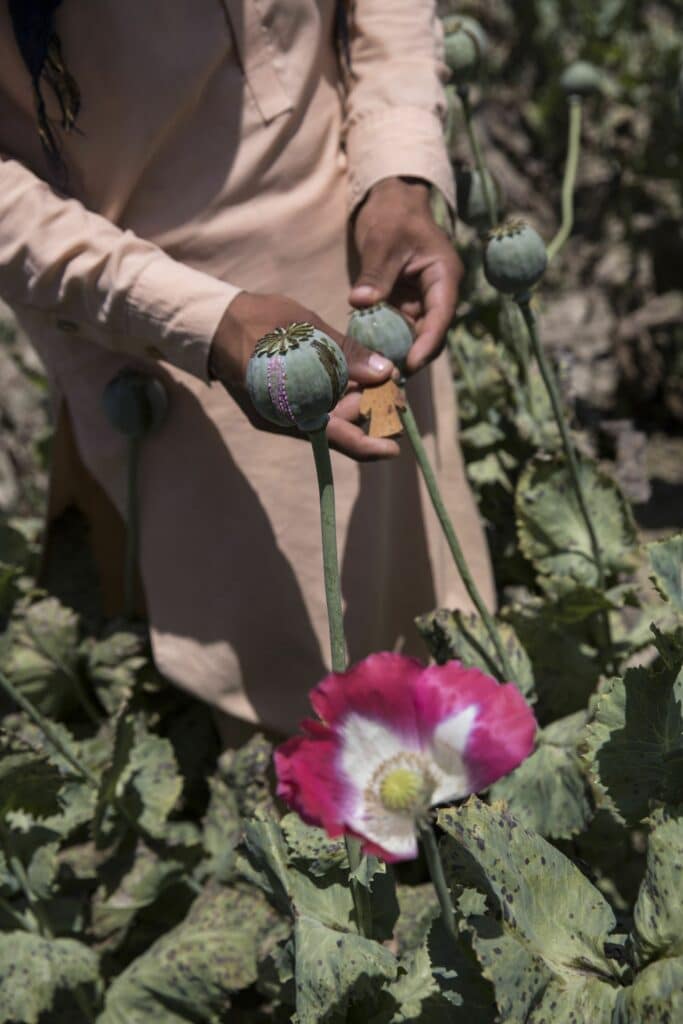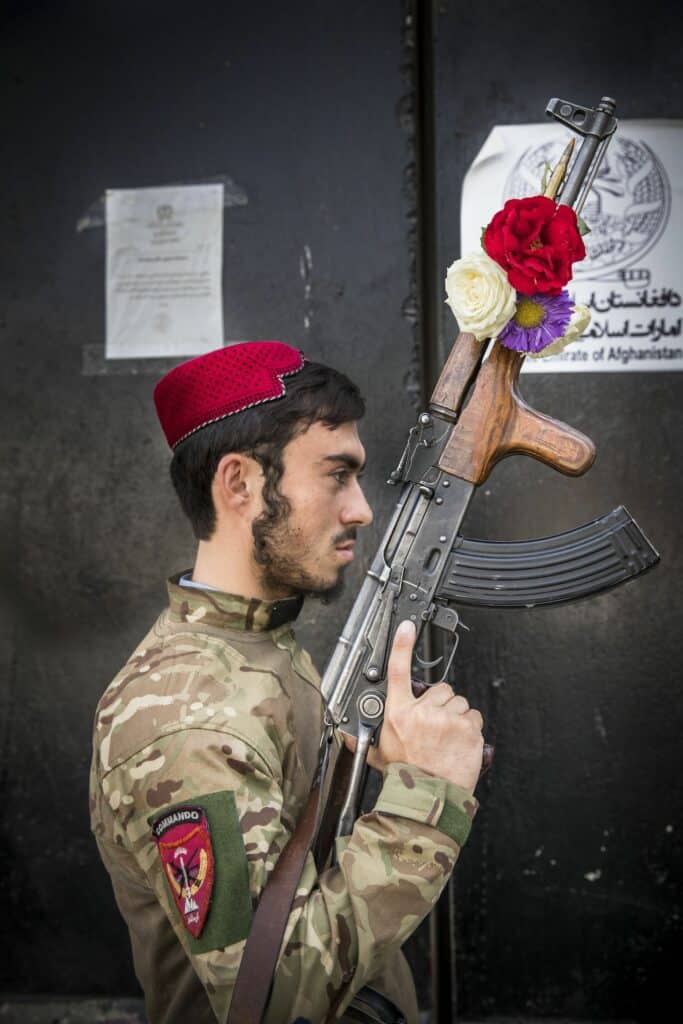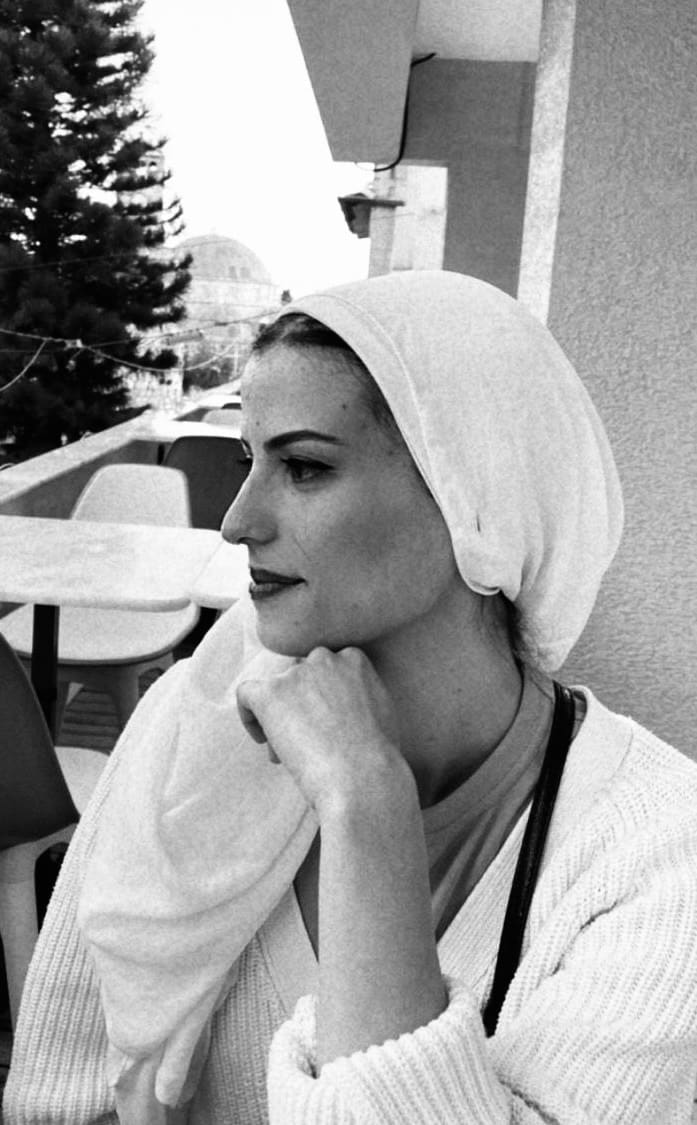The French photographer Oriane Zerah has documented her love for Afghanistan, going on twelve years, and for the Afghan people. The book, filled with flowers and poetry, is accompanied by an essay by Alice Plane.
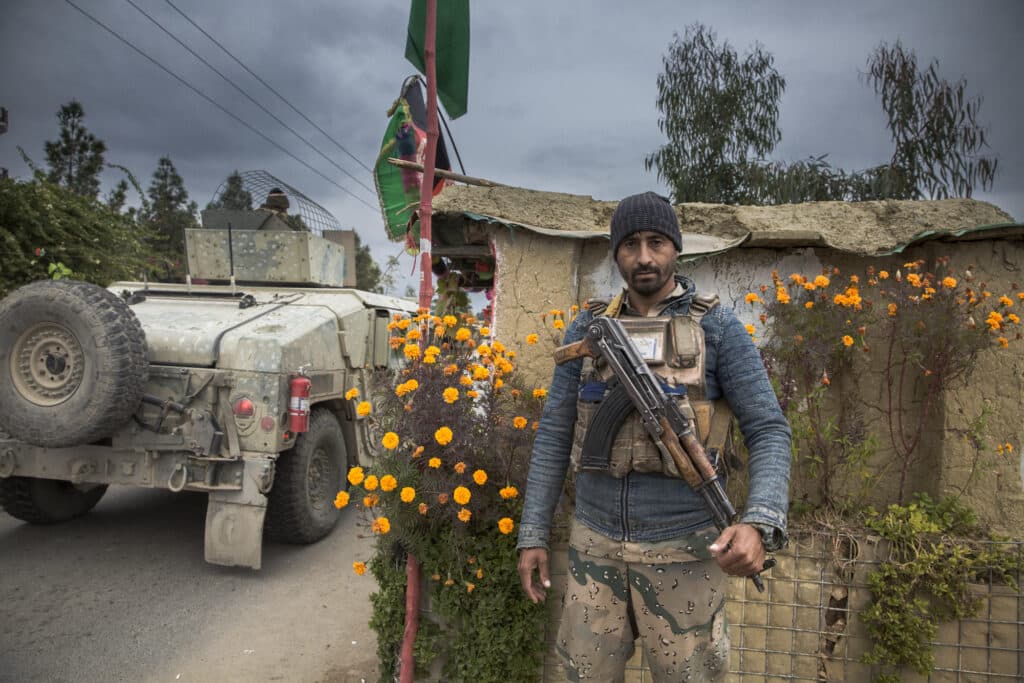
The love of the land
Afghanistan has made headline news since the 1970s: with its wars, loss of lives, weapons. Once known as the “land of horsemen,” Afghanistan came to be defined in the popular imagination over the past forty-odd years by the violence it has suffered. The violence of a perpetual combat unfolding in the country’s territory. Yet, outside the conflicts, Afghanistan is a complex country: the land of high mountain ranges, vast agricultural plains, and a poetic population in love with its literature and its flowers.
Oriane Zerah undertook to address the question of portraying the Afghan people, the faces that make up the country, by capturing portraits of the inhabitants over the course of two years and thus restoring to the people part of their identity.
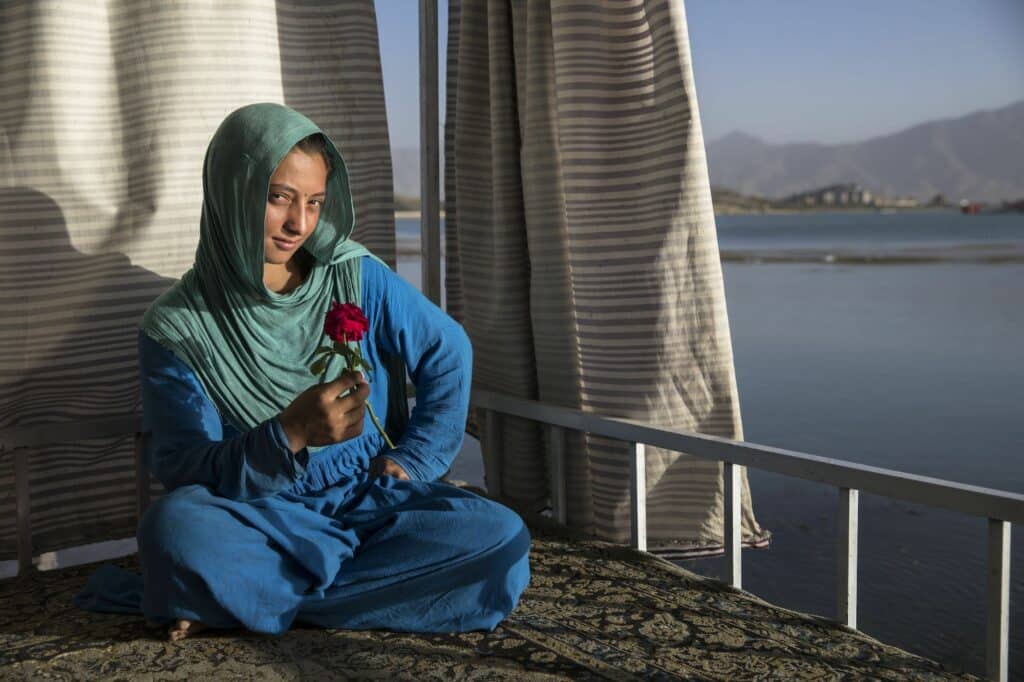
There is no room here for clichés populated with indistinct faces and homogenous thought. The French traveler has immortalized men, women, the elderly and the middle-aged, the Taliban, policemen, serious expressions, and unbridled laughter… with only one condition: that they should hold flowers. “It’s like a transfer of energy: when you hand someone a flower, this brief moment is gentle enough to allow the other person to let go,” explains Zerah.
The flower has thus become her arm of choice, allowing her to break the ice with kindness, using a universal symbol of beauty.
Flowers, thorns, and weapons
Sufism, the inner, contemplative dimension of Islam, proposes a reflection on eternal and universal wisdom. To maintain harmony between the esoteric and exoteric aspects of the Islamic message, this spiritual movement infuses Muslim dogmas and rites with meaning. In Persian, and especially Sufi, literature, flowers play a key role.
One of the most iconic symbols is the rose, evoked by the thirteenth-century Persian poet, Jalal al-Din Muhammad Rumi, known in the West simply as Rumi. While roses, jasmine, and lilies punctuate his spiritual writings to evoke the epicenter of man’s dreams and aspirations, the rose is inseparable from its thorns. The two are contradictory but complementary emblems held in balance: signifying dream and reality, hope and disappointment. Think of the Afghan rose next to the Kalashnikov.
“The flower connects the earth and the sky. It is a symbol of cosmic osmosis. We are so surrounded by trauma in Afghanistan that flowers provide comfort and good energy to apprehend the ever-uncertain future,” explains Wais Akram, an Afghan man in a field of flowers photographed by Zerah.
Of flowers and men
This project shows a new facet of the Afghan population. Zerah’s photos humanize a forgotten people by illustrating their beauty even in a landscape of violence. The photographer was the first to be surprised: photographing the Taliban with flowers, what an idea! Yet it is all these individual shades of gray that allow Afghans to form a whole, breaking with a world of Manichean thought.
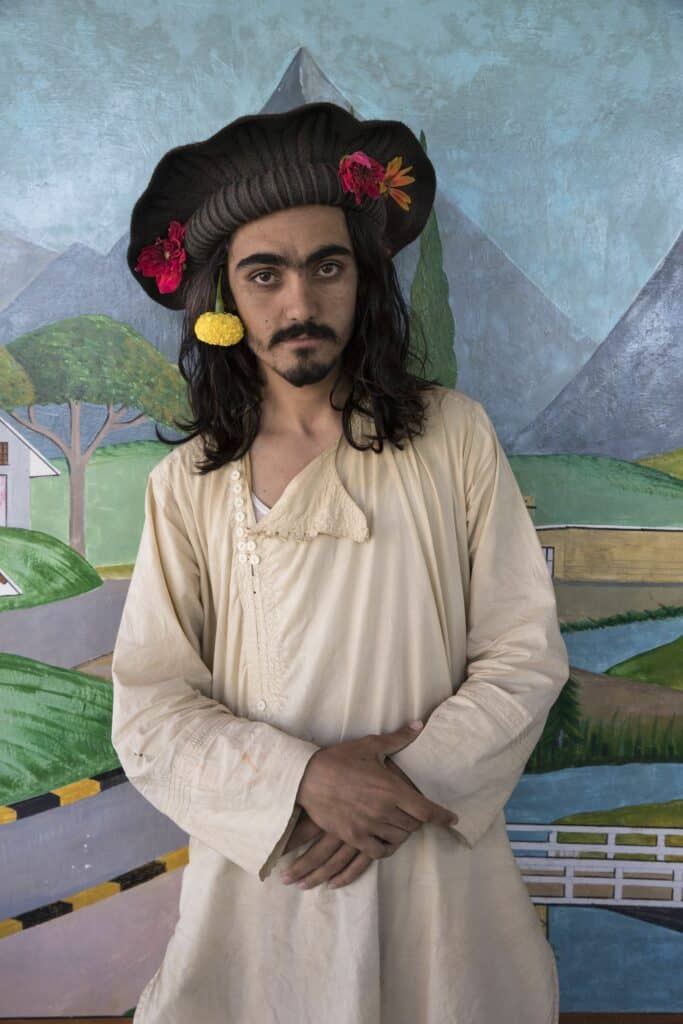
Like the rose and its thorns, the Afghan people plant their roses of hope amid weapons, violence, tragedies. It is life against all odds. The rose with its thorns is but a reflection of a country that only wants to tend to its soil enough for the flowers to bloom, safe from human destruction.
Alice Plane, a researcher and climate negotiation instructor at Brown University, has traveled extensively in Central Asia. From Azerbaijan to Afghanistan, through Uzbekistan and Iran, Plane has gone to meet women to observe and understand their place in their societies. In 2011, when she moved to Kabul and became political advisor to the EU ambassador, she noted: “In truth, [the Afghans] carry flowers the way they do weapons: proudly, slung over their shoulders, against their hearts and in their heads, as if these flowers were rooted in their souls.”
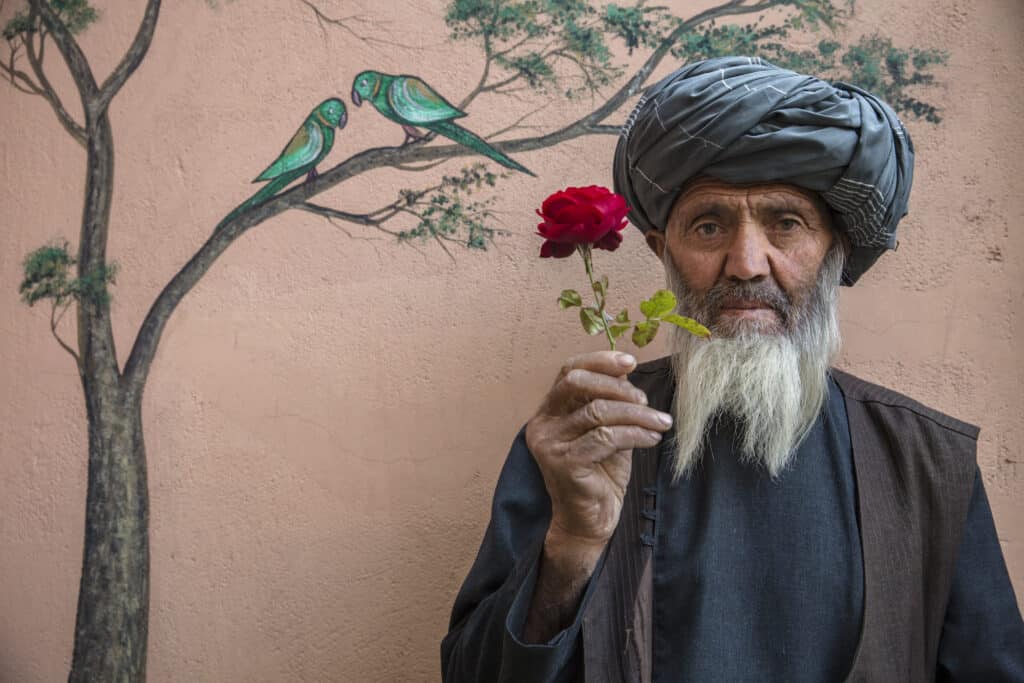
Des Roses sous les Épines, Oriane Zerah, éditions Images Plurielles, 25 €.

